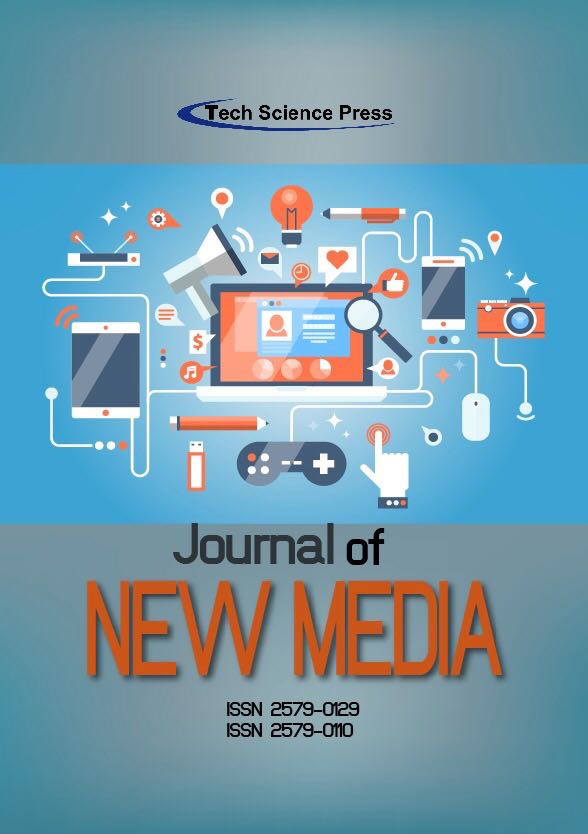
Journal of New Media (JNM) aims to provide a high quality and timely forum for researchers, engineers whose research interests focus on digital multimedia processing to share their state-of-the-art achievements, to learn the multimedia processing developments.
 Open Access
Open Access
ARTICLE
Journal of New Media, Vol.6, pp. 1-16, 2024, DOI:10.32604/jnm.2024.045833 - 28 March 2024
Abstract With the development of cities and the prevalence of networks, interpersonal relationships have become increasingly distant. When people crave communication, they hope to find someone to confide in. With the rapid advancement of deep learning and big data technologies, an enabling environment has been established for the development of intelligent chatbot systems. By effectively combining cutting-edge technologies with human-centered design principles, chatbots hold the potential to revolutionize our lives and alleviate feelings of loneliness. A multi-topic chat companion robot based on a state machine has been proposed, which can engage in fluent dialogue with humans… More >